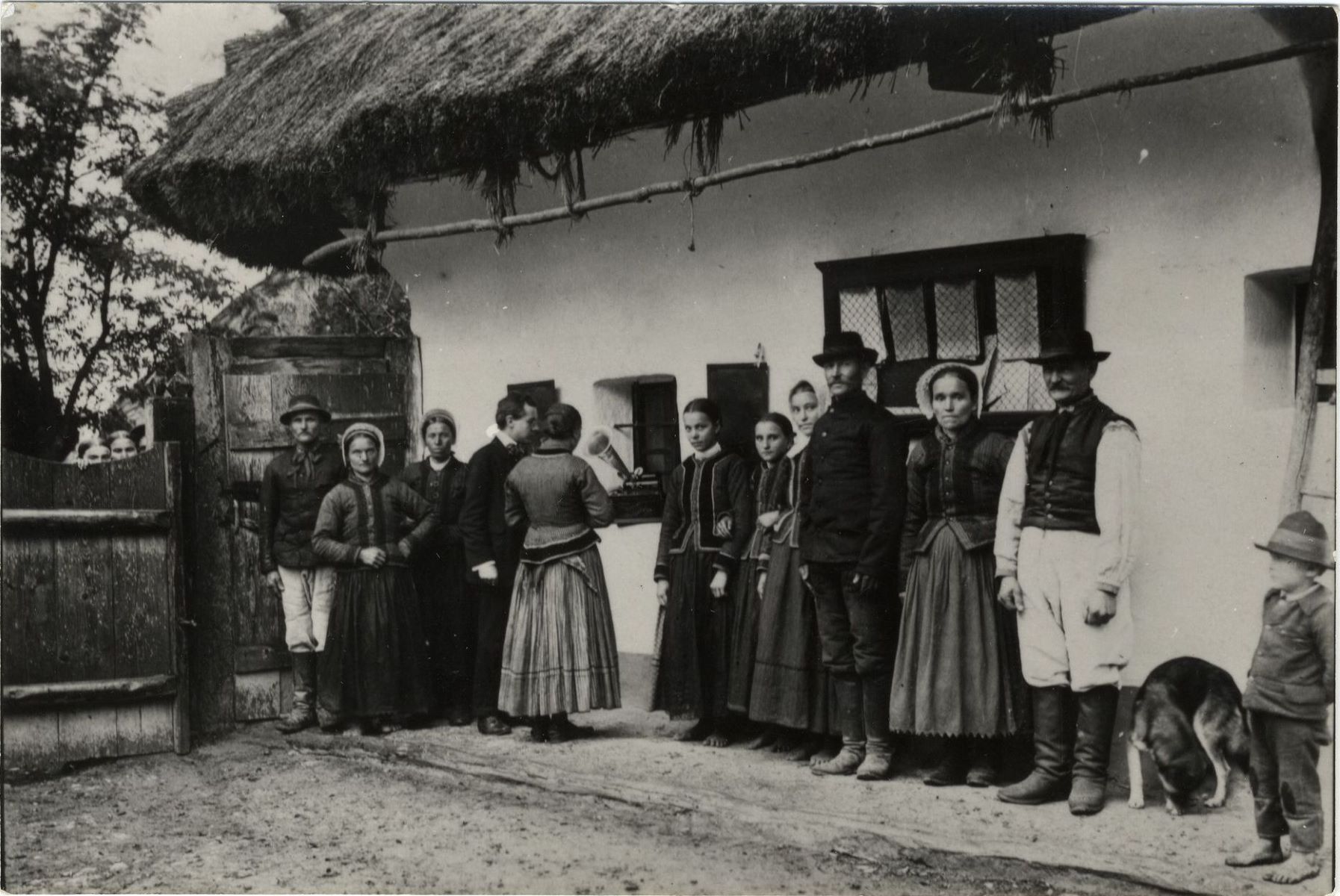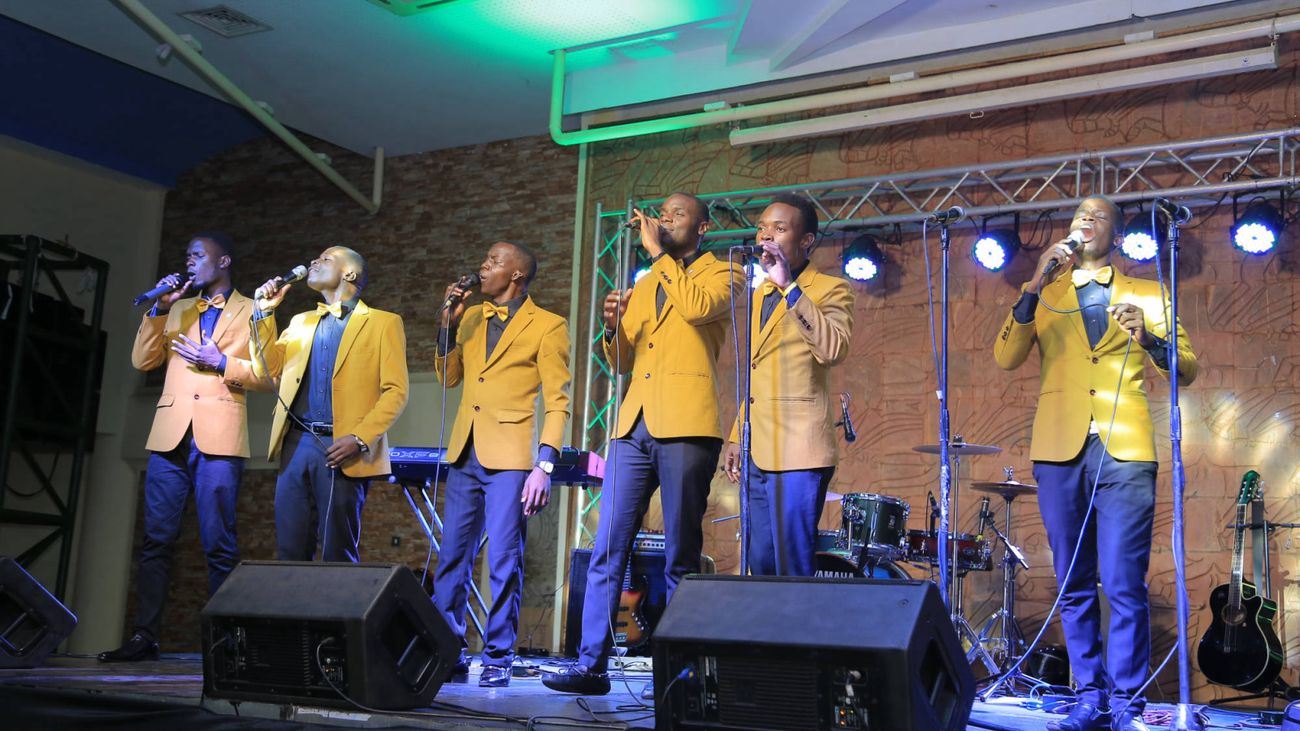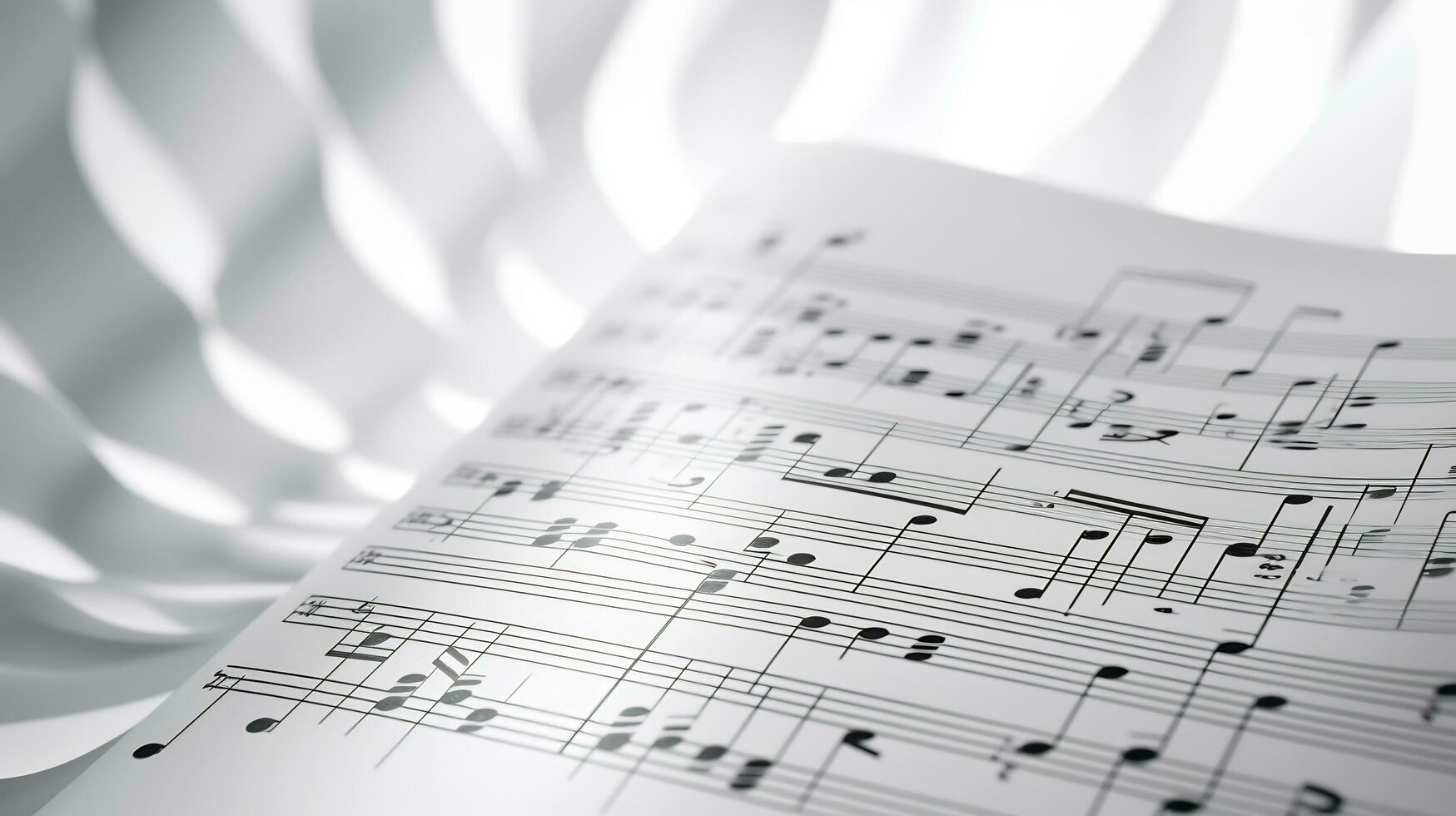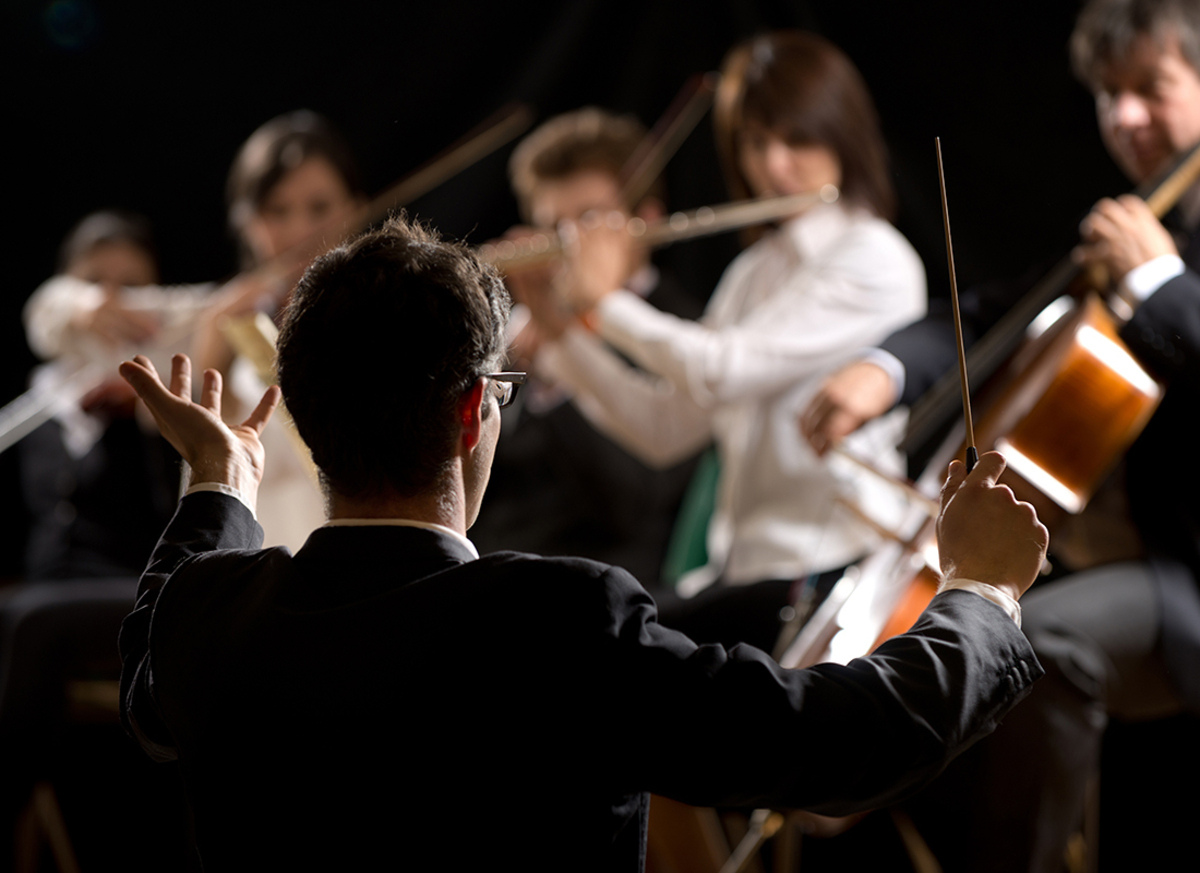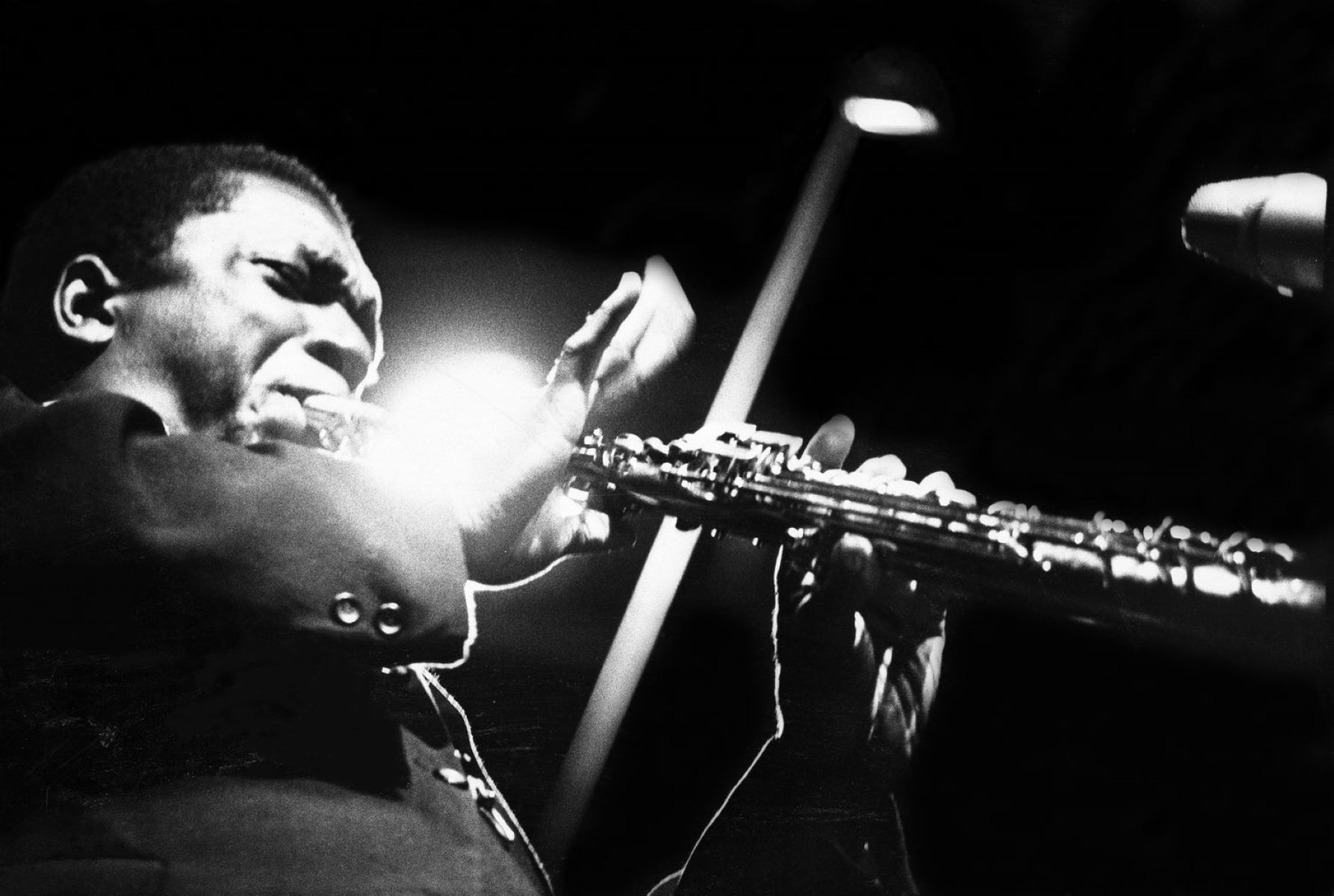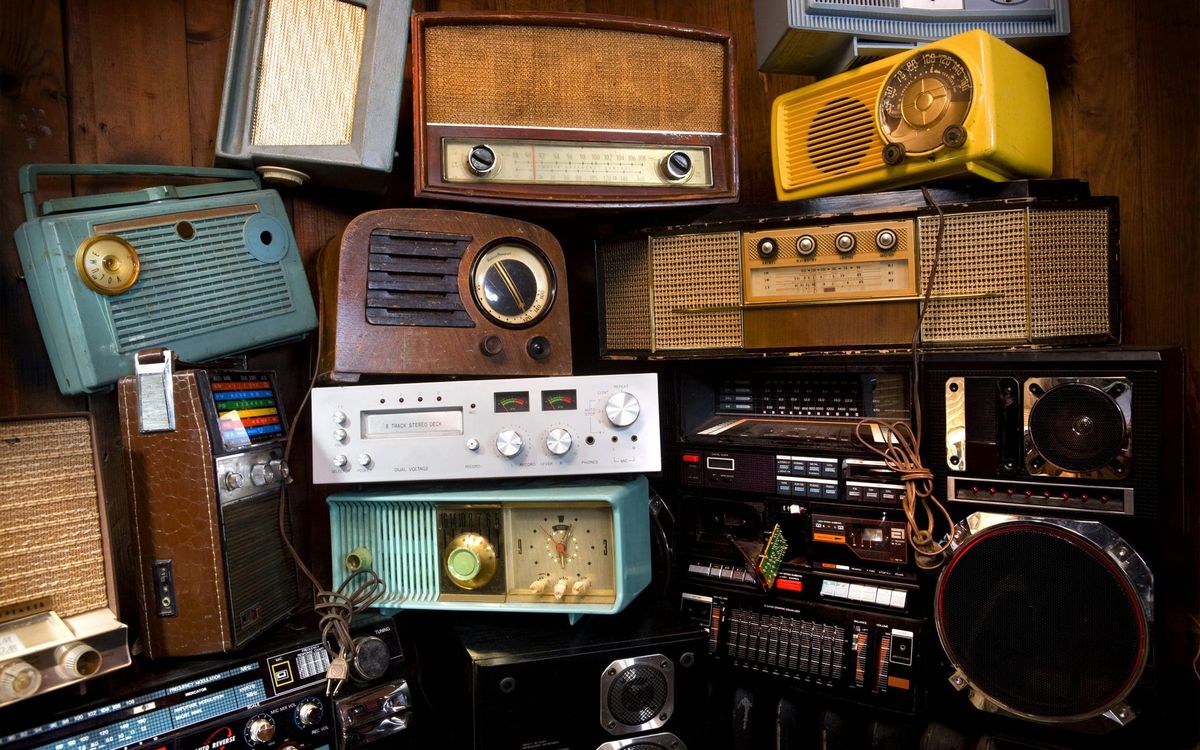Home>Production & Technology>Digital>When Did The Digital Age Of Music Begin


Digital
When Did The Digital Age Of Music Begin
Published: March 10, 2024
Discover the origins of the digital age of music and its impact on the industry. Explore the evolution of digital music technology and its influence on modern music consumption.
(Many of the links in this article redirect to a specific reviewed product. Your purchase of these products through affiliate links helps to generate commission for AudioLover.com, at no extra cost. Learn more)
Table of Contents
Introduction
The digital age of music has revolutionized the way we create, consume, and share musical content. It has transformed the entire landscape of the music industry, ushering in an era of unprecedented accessibility and innovation. The convergence of technology and music has not only reshaped the production and distribution processes but has also fundamentally altered the way artists connect with their audiences.
The journey into the digital age of music began with the invention of the compact disc (CD) in the 1980s, which marked a significant shift from analog to digital recording and playback. This breakthrough technology paved the way for a new era of sonic possibilities, enabling musicians and producers to explore a realm of sound previously unattainable with traditional recording methods.
As the digital revolution gained momentum, the emergence of digital audio workstations (DAWs) and software-based recording tools democratized music production, empowering artists to create professional-quality recordings from the comfort of their own homes. This democratization of music production not only lowered the barriers to entry for aspiring musicians but also fostered a culture of experimentation and creativity.
Furthermore, the advent of digital technology has profoundly impacted the way music is distributed and consumed. With the rise of digital streaming platforms and online marketplaces, music has become more accessible than ever before, allowing listeners to discover and enjoy a vast array of musical genres from around the globe with just a few clicks.
In addition to transforming the production and distribution of music, the digital age has also revolutionized the way artists connect with their fan base. Social media and digital marketing have enabled musicians to engage directly with their audience, bypassing traditional gatekeepers and building a loyal following through authentic and personalized interactions.
The digital age of music has not only reshaped the industry but has also redefined the very essence of musical expression. As we delve deeper into the digital frontier, the possibilities for innovation and collaboration continue to expand, promising an exciting future where creativity knows no bounds.
The Evolution of Music Recording
The evolution of music recording has been a remarkable journey, shaped by technological advancements that have redefined the art and science of capturing sound. The transition from analog to digital recording marked a pivotal moment in the history of music, unlocking new possibilities and transforming the way music is created and preserved.
Analog Era:
The early days of music recording were dominated by analog technology, with the invention of the phonograph by Thomas Edison in 1877 marking the birth of a new era. This groundbreaking device allowed sound to be mechanically recorded and reproduced, laying the foundation for the commercial music industry. The analog era witnessed the rise of vinyl records, magnetic tape, and analog mixing consoles, each contributing to the rich tapestry of sonic heritage.
Birth of Digital Recording:
The advent of digital recording in the late 1970s and early 1980s heralded a paradigm shift in music production. The introduction of the compact disc (CD) as a digital storage medium revolutionized the way music was distributed and consumed. Digital recording offered unparalleled fidelity and flexibility, enabling artists and engineers to capture and manipulate sound with unprecedented precision.
Digital Audio Workstations (DAWs):
The widespread adoption of digital audio workstations (DAWs) and computer-based recording software democratized music production, empowering a new generation of musicians to create professional-quality recordings in home studios. DAWs provided a versatile platform for composing, arranging, and mixing music, offering a level of creative control that was previously unattainable.
The Rise of Virtual Instruments and Plugins:
Digital technology also gave rise to virtual instruments and audio plugins, expanding the sonic palette available to musicians. From realistic emulations of classic analog synthesizers to cutting-edge software synthesizers and samplers, virtual instruments have become indispensable tools for modern music production, enabling artists to explore new sonic territories and push the boundaries of creativity.
Hybrid Approaches:
In recent years, a hybrid approach to music recording has emerged, blending the warmth and character of analog equipment with the precision and convenience of digital technology. This fusion of old and new has led to a renaissance in analog hardware, with many artists and producers embracing the unique sonic qualities of vintage recording gear while harnessing the power of digital processing and editing.
The evolution of music recording continues to unfold, driven by a relentless pursuit of sonic excellence and artistic innovation. As technology advances and creative boundaries are pushed ever further, the future of music recording holds boundless potential for shaping the musical landscape in ways yet to be imagined.
The Impact of Digital Technology on Music Production
The impact of digital technology on music production has been nothing short of transformative, revolutionizing every aspect of the creative process and redefining the possibilities for artistic expression. The advent of digital recording, coupled with the proliferation of advanced software tools, has fundamentally altered the way music is conceived, composed, and realized.
Unprecedented Flexibility and Precision
Digital technology has endowed musicians and producers with unprecedented flexibility and precision in the recording studio. The ability to capture, edit, and manipulate audio with surgical precision has empowered artists to refine their musical vision with meticulous detail. From correcting imperfections in performances to sculpting intricate sonic landscapes, digital tools have elevated the art of music production to new heights of technical proficiency.
Accessibility and Affordability
The democratization of music production has been a hallmark of the digital age, with affordable recording equipment and software putting professional-grade capabilities within reach of aspiring musicians. Home studios equipped with digital audio workstations (DAWs) have become incubators of creativity, allowing artists to experiment and iterate without the constraints of traditional recording budgets. This accessibility has fostered a culture of DIY innovation, enabling a diverse array of voices to flourish in the musical landscape.
Boundless Creative Possibilities
Digital technology has expanded the creative palette available to musicians, offering a vast array of virtual instruments, synthesizers, and audio effects that transcend the limitations of traditional hardware. The ability to access a virtually limitless sonic universe has empowered artists to explore new genres, blend disparate styles, and push the boundaries of musical experimentation. From lush orchestral arrangements to otherworldly electronic textures, digital tools have unlocked a realm of creative possibilities that continue to inspire and captivate audiences.
Collaborative Potential
The interconnected nature of digital technology has facilitated unprecedented collaboration among musicians and producers, transcending geographical boundaries and fostering a global community of creative exchange. Online platforms and cloud-based workflows have streamlined the process of remote collaboration, enabling artists to seamlessly share ideas, tracks, and production assets across continents. This interconnectedness has enriched the musical landscape with diverse influences and cross-cultural dialogues, enriching the fabric of contemporary music with a tapestry of global perspectives.
Evolution of Sound Design
The evolution of sound design has been propelled by digital technology, with innovative synthesis techniques, sampling methods, and audio processing algorithms pushing the sonic envelope to new frontiers. From intricate soundscapes in film scores to boundary-pushing electronic music, the sonic landscape has been enriched by a wealth of sonic textures and timbres that were previously unimaginable. This evolution has not only expanded the sonic vocabulary available to artists but has also redefined the sonic identity of entire genres and musical movements.
The impact of digital technology on music production continues to unfold, shaping the future of musical creativity with boundless potential for innovation and artistic exploration. As technology advances and creative boundaries are pushed ever further, the landscape of music production holds the promise of an exciting and dynamic future, where the convergence of art and technology continues to redefine the very essence of musical expression.
The Rise of Digital Distribution and Consumption
The advent of digital technology has revolutionized the way music is distributed and consumed, ushering in an era of unprecedented accessibility and convenience for both artists and listeners. The traditional model of physical distribution, characterized by CDs, vinyl records, and cassettes, has been supplanted by digital platforms that offer instant access to an extensive catalog of music from across the globe.
Digital distribution has democratized the music industry, providing independent artists and labels with a level playing field to showcase their work alongside established acts. Online music stores, streaming platforms, and digital download services have empowered artists to reach a global audience without the logistical constraints and overhead costs associated with physical distribution. This shift has not only expanded the reach of music but has also diversified the musical landscape, allowing niche genres and independent voices to thrive in the digital ecosystem.
The rise of digital consumption has transformed the way listeners engage with music, offering a seamless and personalized listening experience. Streaming services have emerged as the predominant mode of music consumption, offering vast libraries of songs that can be accessed on-demand, anytime, and anywhere. This shift has redefined the concept of music ownership, with listeners favoring the convenience of streaming over physical media, leading to a decline in CD and digital download sales.
Moreover, digital distribution has facilitated a culture of music discovery, enabling listeners to explore new artists, genres, and musical traditions with ease. Algorithm-driven recommendations and personalized playlists have become integral to the music discovery process, exposing audiences to a diverse array of musical content tailored to their preferences. This democratization of music discovery has empowered listeners to curate their own sonic journeys, transcending geographical and cultural boundaries to embrace a global tapestry of musical expression.
The rise of digital distribution and consumption has also catalyzed a paradigm shift in the monetization of music. While the transition from physical to digital formats posed challenges for the industry, the proliferation of streaming platforms has reinvigorated revenue streams through subscription-based models and advertising-supported tiers. This evolution has prompted artists and rights holders to adapt their business strategies, emphasizing the importance of streaming metrics and playlist placements in reaching and engaging audiences.
In essence, the rise of digital distribution and consumption has reshaped the music industry, fostering a dynamic ecosystem where artists, listeners, and platforms converge to create a vibrant tapestry of musical expression. As technology continues to evolve, the future of digital music holds the promise of further innovation, collaboration, and accessibility, ensuring that the transformative power of music remains within reach of audiences worldwide.
The Influence of the Internet on Music Creation and Sharing
The internet has profoundly influenced the landscape of music creation and sharing, ushering in a new era of connectivity, collaboration, and creative expression. As the digital age continues to unfold, the internet has become a transformative force, shaping the way musicians create, collaborate, and distribute their work to a global audience.
Global Collaboration and Networking
The internet has transcended geographical barriers, enabling musicians from diverse backgrounds to connect and collaborate in ways that were previously unimaginable. Online platforms and social networks have facilitated the formation of virtual communities where artists can exchange ideas, share resources, and engage in cross-cultural dialogue. This interconnectedness has enriched the creative process, fostering a global exchange of musical influences and perspectives that have enriched the fabric of contemporary music.
Crowdsourcing and Fan Engagement
The internet has empowered artists to engage directly with their fan base, leveraging crowdfunding platforms and direct-to-fan initiatives to finance projects and build a loyal community of supporters. Through crowdfunding campaigns, artists can rally their fans to support album releases, tours, and creative endeavors, forging a direct and sustainable connection with their audience. This direct engagement has not only democratized the funding of music projects but has also deepened the bond between artists and their fans, fostering a sense of shared ownership and collaboration.
Viral Marketing and Digital Promotion
The internet has redefined the landscape of music promotion, offering artists a myriad of digital channels to showcase their work and connect with potential listeners. Social media platforms, music streaming services, and digital marketing tools have become indispensable in reaching and engaging audiences. The viral nature of online content has propelled independent artists to global prominence, with viral videos, memes, and social media campaigns serving as catalysts for viral marketing and organic fan growth.
Online Music Communities and Education
The internet has given rise to a wealth of online music communities and educational resources, providing aspiring musicians with access to tutorials, forums, and virtual mentorship. From online music production forums to educational platforms offering courses in music theory and composition, the internet has democratized access to knowledge and expertise, empowering a new generation of musicians to hone their craft and pursue their artistic aspirations.
The Future of Music Creation and Sharing
As the internet continues to shape the landscape of music creation and sharing, the future holds boundless potential for innovation and collaboration. The convergence of technology, connectivity, and creativity promises an exciting frontier where artists can harness the power of the internet to realize their musical vision and connect with a global audience. With the internet as a catalyst for change, the possibilities for music creation and sharing are limitless, ensuring that the transformative power of music remains within reach of audiences worldwide.
Conclusion
The digital age of music has ushered in a transformative era, reshaping the entire landscape of music creation, distribution, and consumption. From the evolution of music recording to the impact of digital technology on production, the rise of digital distribution and consumption, and the influence of the internet on music creation and sharing, the journey into the digital frontier has been marked by innovation, accessibility, and interconnectedness.
As we reflect on the profound impact of digital technology on music, it becomes evident that the convergence of art and technology has unlocked a realm of creative possibilities that transcend traditional boundaries. The democratization of music production, fueled by affordable recording equipment and software, has empowered a new generation of musicians to realize their artistic vision with unprecedented precision and flexibility. The evolution of sound design, driven by innovative synthesis techniques and audio processing algorithms, has expanded the sonic palette available to artists, fostering a culture of sonic exploration and experimentation.
Moreover, the rise of digital distribution and consumption has democratized the music industry, providing independent artists and labels with a global platform to showcase their work and connect with audiences worldwide. The shift from physical to digital formats has redefined the concept of music ownership, offering listeners a seamless and personalized listening experience through streaming platforms and online music stores. This transformation has not only diversified the musical landscape but has also catalyzed a paradigm shift in the monetization of music, prompting artists and rights holders to adapt their business strategies in the digital ecosystem.
The influence of the internet on music creation and sharing has transcended geographical barriers, fostering global collaboration, crowdsourcing, and viral marketing. Online music communities and educational resources have democratized access to knowledge and expertise, empowering aspiring musicians to pursue their artistic aspirations and engage in cross-cultural dialogue.
As we look to the future, the digital age of music holds boundless potential for innovation, collaboration, and accessibility. The transformative power of music remains within reach of audiences worldwide, ensuring that the convergence of art and technology continues to redefine the very essence of musical expression. In this dynamic landscape, the possibilities for music creation and sharing are limitless, promising an exciting frontier where artists can harness the power of digital technology and the internet to connect with a global audience and shape the musical landscape in ways yet to be imagined.


